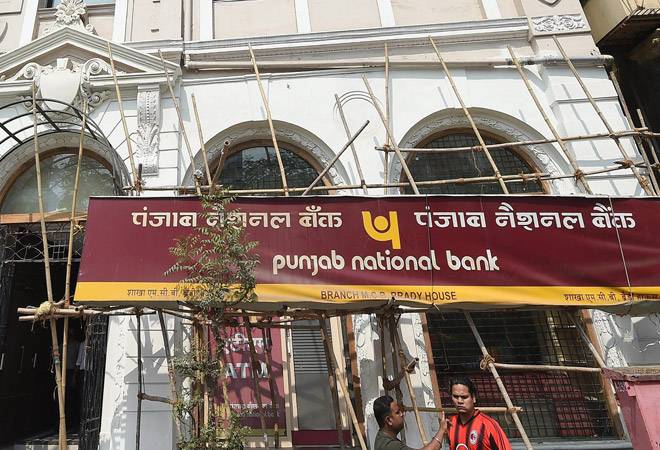Almost all major scams affect the stock markets because they drive down investor sentiment. With OTT platforms like Netflix and Sony liv launching web series on the Indian scammers, “Bad boy Billionaires” and “The Scam 1992”, let us have a look at 5 famous scams that rattled the Indian market.
The Securities and Exchange Board of India (SEBI) regulates markets and by-laws to create a transparent and secure ecosystem for investors. However, scammers or fraudsters manage to find flaws in the system and exploit it to their advantage. Before you binge onto Netflix or Sony Liv with your friends, have a quick look at a few famous scams so that you can be a step ahead of them:
Harshad Mehta Scam: One of the biggest and most publicized scams ever in the Indian stock markets. It is also known as ‘Security Scam’, estimated to be around Rs 3,500 crores. Harshad Mehta, a stockbroker, raised money from banks and illegally invested in shares listed on the Bombay Stock Exchange between April 1991 and May 1992. As a result, the BSE Sensex rose from 1,194 points to 4,500 points – a return of 274 percent. As the market touched new heights, people began to see him as ‘Big Bull’ and started buying stocks that he was investing in. Eventually, many retail investors had invested substantial amounts in stocks. In August 1992, the State Bank of India (SBI) reported a shortfall in government securities. This led to an investigation and exposed the Rs 3,500 crore fraud committed by Harshad Mehta. He was sent to prison in 1992 and died in prison in 2001 due to cardiac arrest. Once the crisis was averted, it was found that several shares held by Harshad were transferred to Benami names and sold on the market on his behalf.
Ketan Parekh Scam | Ketan Parekh, a Chartered Accountant, worked with Harshad Mehta at his firm Growmore Investments in the 90s. Also known as Harshad Mehta’s successor, Ketan Parekh used techniques similar to Mehta to manipulate stock prices. Parekh took money from banks and financial institutions and illegally invested in shares to increase their value. He invested in a set of ten shares called K-10 stock. These were Amitabh Bachchan Corporation Limited, Himachal Futuristic Communication, Mukta Arts, Tips, Pritish Nandy Communications, GTL, Zee Telefilms, PentaMedia Graphics, Crest Communications, and Aftek Infosys. Eventually, these K-10 stocks were hit by bears, causing them to crash and causing massive losses to retail investors. Parekh’s fraud came to light in 2001 when the BSE Sensex fell 176 points and an investigation revealed his scam. Eventually, he sold all his shares, causing the market to fall.
Satyam Scam | In 2009, India revealed its biggest corporate scam. The Chairman and other senior members of Satyam Computer Services Limited (SCSL) admitted before SEBI that the company’s accounts were manipulated to show an increase in sales and profits from the years 2003 to 2008. The fraud was estimated at around Rs 7000 crore. Although the Central Bureau of Investigation (CBI) froze the company’s accounts and filed a relevant charge sheet, the markets panicked and Satyam’s shares hit rock bottom. Eventually, the Chairman and several others were sent to jail and the company was taken over by the Mahindra Group and renamed as Mahindra Satyam.
National Spot Exchange Limited (NSEL) scam | NSEL was a commodity exchange that allowed trade in agricultural and industrial goods. Jignesh Shah was the promoter of the exchange. Like the stock exchange, in the commodity exchange, buyers and sellers do not even know each other. Once the trade is executed, the commodity is passed on to the buyer. NSEL twisted the rules to make the investment attractive and attracted many retail investors and offered fixed returns on joint contracts. There was no object in support of these contracts. The money that came through the added contracts used to remain in the exchange and was used to carry out the scam. However, some traders were paid money to feel comfortable. At that time, the Forward Markets Commission (FMC) realized this discrepancy and ordered NSEL to stop any new orders. NSEL started paying its investors, soon it ran out of funds and started defaulting. The total amount of fraud was estimated to be around 5600 crores.
Nirav Modi scam | The latest scam in the banking industry in India was perpetrated by a billionaire jeweller Nirav Modi, who defrauded the second largest public sector bank in India to over Rs 11300 crore. He acquired fake Letters of Undertaking (LoUs) from a PNB bank branch in Mumbai and used them to obtain foreign loans from Indian lenders. In 2018, PNB informed SEBI and CBI about the detection of certain unauthorized transactions and frauds in one of its branches to benefit a handful of account holders. When this information was released to the public, PNB’s shares declined and the market too went into recession. Unfortunately, before Nirav Modi and Mehul Choksi (Nirav Modi’s uncle and Geetanjali Gems) could be arrested, they fled the country and are yet to be brought to justice.


